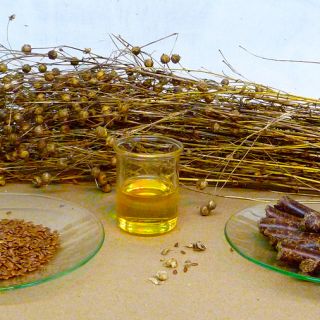How to Clean Hardwood Worktops: A Worktop Express® Nutshell Guide
Once you’ve installed some exceptional hardwood worktops, you’ll want to do what you can to keep them in tip-top condition. We covered general maintenance practices in our ’How to Maintain Your Solid Wood Worktops’ guide; but, as well as giving your worktops some TLC from time to time, it is equally important to keep them clean.
According to the International Scientific Forum On Home Hygiene (a group formed by some of the world’s leading experts in virology, microbiology and infectious disease), the average kitchen worktop is second only to a used kitchen cloth as one of the most commonly contaminated areas of the house.
It is, therefore, especially important to ensure that porous kitchen surfaces such as wood are regularly re-oiled and cleaned with a warm, slightly soapy solution to ensure that bacteria get as little chance to grow and colonise as possible. It is worth noting that some species of wood such as our iroko worktops, have natural antibiotic properties, so whilst the surface may be more porous than some man-made surfaces, even when dirty it is often home to fewer microbes.

Cleaning kitchen worktops with a quality natural disinfectant will kill all forms of bacteria that build up during food preparation, but may not entirely remove dirty solids that become the home for bacterial colonies, so it’s wise to always start by cleaning the worktop by hand with a micro-fibre cloth and a tepid, soapy solution.
After a thorough initial clean, you can keep your wooden worktop free of reoccurring bacterial growth with a simple, natural solution that can easily be made using store-cupboard essentials.
You will need:
- 2 small cups of water.
- 1/4 a cup of white vinegar.
- A tablespoon of washing-up liquid.

Cleaning Your Wooden Worktops
- Decant the mixture into a clean spray bottle and cover your worktop with a light misting
- Leave the solution to settle for a few moments, then wipe away with a damp cloth.
- After cleaning, make sure you dry the surface thoroughly so that no watermarks occur. The liquid must not be left to pool on the surface.
If you would prefer, you can use a small amount of lemon juice rather than vinegar for a more pleasant-smelling solution, though the solution itself is usually not as ‘clean’.

Watch our video example:
If you do find that watermarks are present on your worktop, then it’s suggested to lightly rub the area using either a fine sandpaper or wire wool, then re-oil with two coats of Osmo Top Oil.
Be sure never to use vegetable or olive oils on a wooden worktop. These oils can effectively ‘rot’ the wood, causing bacteria to more quickly build up, making the area unsafe for food preparation.
If regularly cleaned and oiled, a wood worktop will last for many years, and look as good as it did when you first installed it.
We have several guides detailing how to clean and maintain your kitchen worktops to ensure they look fantastic for years to come. You may be interested in the following:

 65,000+ Reviews | 4.8 TrustScore
65,000+ Reviews | 4.8 TrustScore 


